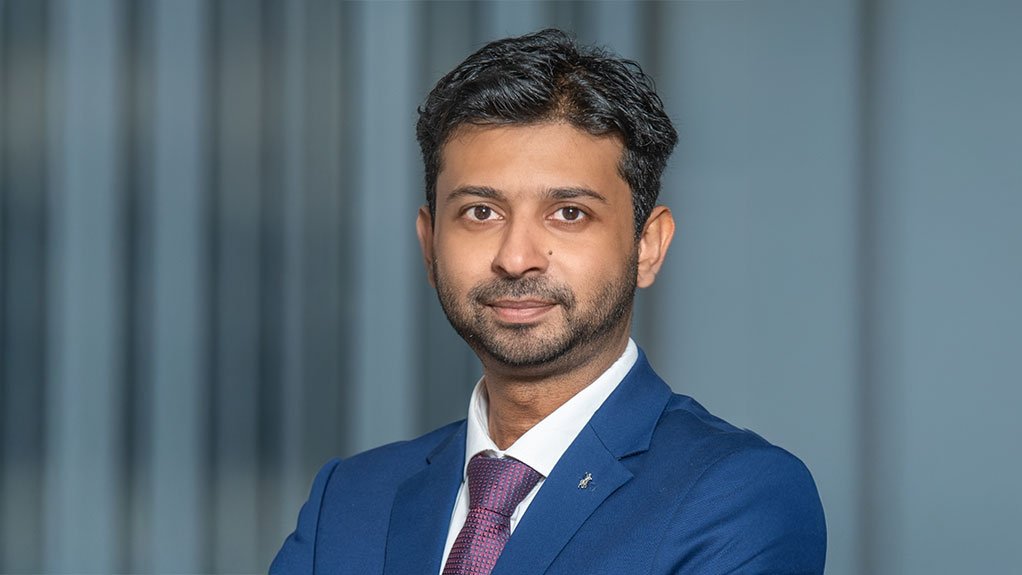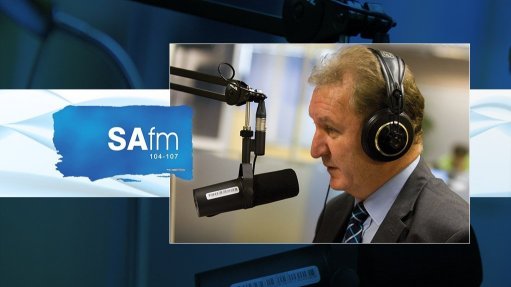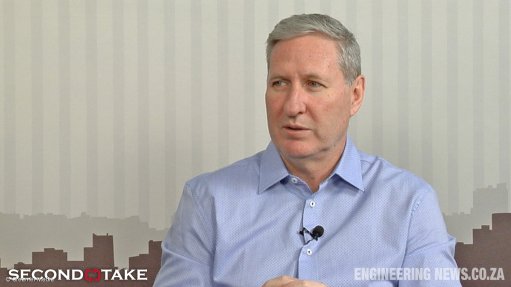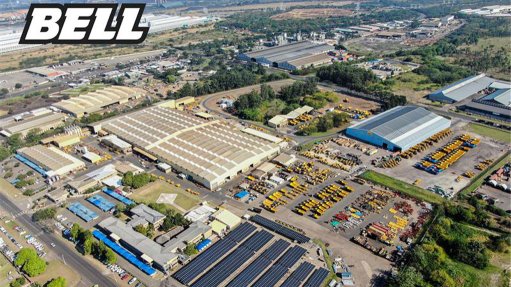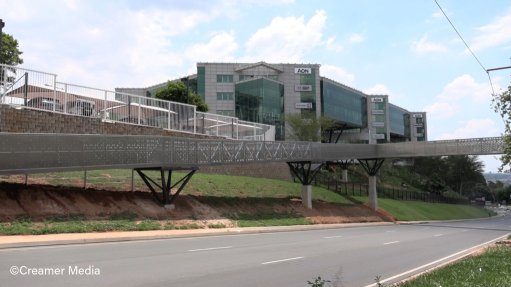How market liberalisation can unlock SA’s renewable energy future
This article has been supplied.
Market liberalisation allows South Africa the opportunity to shape a modern, regional power system. By harnessing renewable energy sources, such as wind power, coupled with innovation, the country can deliver true energy security and sustainability for generations to come, writes South African Wind Energy Association (SAWEA) CEO Niveshen Govender.
With the South African Wholesale Electricity Market (SAWEM) set to launch in April next year, the country’s energy sector finds itself on the verge of one of the most transformative shifts ever. The intention to shift toward a liberalised electricity market is the beginning of a new energy era, and one that will determine how renewable energy, particularly that of wind power, can help shape the country’s economic and environmental trajectory.
Liberalisation in the energy market creates space for innovation and competition. Allowing multiple energy generators to sell power into a transparent trading environment will encourage investment in flexible, low-cost renewables such as wind. This means moving beyond the confines of a single-buyer model and adopting a system where efficiency and flexibility drive the market. To accomplish this, the unbundling of Eskom, the establishment of the National Transmission Company South Africa (NTCSA), and the creation of a Market Operator are key. The draft Market Code in particular sets the stage for an electricity market that rewards responsiveness, encourages liquidity, and values transparency.
However, market architecture alone cannot deliver progress and needs to be complemented by the implementation of a smart grid. To this end, the infrastructure used must be resilient and capable of managing real-time fluctuations in supply and demand. To accommodate the inevitable variability of generation, this must include advanced communication networks, substation automation, and intelligent dispatch systems. Essentially, a modern grid must be capable of dynamic balancing, ensure cyber-secure operations, and drive regional interconnection.
Further, robust market oversight is critical, and the dangers of allowing profit motives to overshadow public accountability are particularly real. The collapse of Enron in 2001 is evidence of this, as the company’s manipulation of electricity markets, blurred trading practices, and conflicts of interest demonstrate what deregulation without discipline can inflict.
In contrast, South Africa’s reform process has been characterised by transparency and inclusion. The NTCSA’s open consultations, Nersa’s structured regulatory process, and the creation of the Electricity Market Advisory Forum are deliberate safeguards to ensure that liberalisation strengthens the system rather than destabilises it. To this end, governance must remain the backbone of reform and ensure that traders contribute to market liquidity and not volatility.
Regional integration adds another layer of potential. Through the Southern African Power Pool (SAPP), South Africa’s market liberalisation could well become a catalyst for continental energy cooperation. As interconnections strengthen across Namibia, Zimbabwe, Zambia and beyond, the prospect of a regional market, one that trades electrons as efficiently as commodities, can be realised. For wind power, this regional vision could unlock new opportunities for export, wheeling, and hybrid generation models that complement solar and storage.
The success of this hinges on inclusion and education. Despite municipalities and local distributors, aptly referred to as the “missing middle”, remaining excluded from market design discussions, their participation is crucial for distributed generation and local balancing. Public awareness and education are equally important, as a just energy transition depends on shared literacy. For liberalisation to truly serve the national interest, it must be understood not only by policymakers and engineers, but by all South Africans.
As the industry convener, SAWEA is proud to be hosting several SAWEM capacity-building sessions in the lead-up to market launch. This commitment reflects our role in preparing stakeholders for active participation in South Africa’s evolving wholesale electricity market. By facilitating practical engagements on topics such as market governance, dispatch and balancing, settlement systems and interactive simulations, SAWEA ensures that members, partners, and broader stakeholders are not only informed but empowered. Our objective is to build shared literacy, strengthen transparency, and foster readiness across the sector, so that when SAWEM goes live in April 2026, participants are equipped to unlock its full potential for competition, resilience and sustainable growth.
Wind power generation is crucial to the success of SAWEM thanks to its cost-effectiveness, scalability and speed of deployment. As hybrid systems evolve, the combination of wind, solar and storage will form the building blocks of a modern, flexible grid. In turn, a liberalised market will provide the framework for these assets to compete fairly and deliver value to consumers, investors, and the grid itself.
South Africa now has the opportunity to succeed and realise true market liberalisation, learn from past mistakes, and construct a system that will drive the continent’s energy future forward. Wind energy stands ready to lead this next chapter and drive not just clean energy, but smart markets as well, built for long-term, sustainable energy security.
Niveshen Govender is the CEO of the South Africa Wind Energy Association (SAWEA) - The intention to shift toward a liberalised electricity market is the beginning of a new energy era
Article Enquiry
Email Article
Save Article
Feedback
To advertise email advertising@creamermedia.co.za or click here
Comments
Press Office
Announcements
What's On
Subscribe to improve your user experience...
Option 1 (equivalent of R125 a month):
Receive a weekly copy of Creamer Media's Engineering News & Mining Weekly magazine
(print copy for those in South Africa and e-magazine for those outside of South Africa)
Receive daily email newsletters
Access to full search results
Access archive of magazine back copies
Access to Projects in Progress
Access to ONE Research Report of your choice in PDF format
Option 2 (equivalent of R375 a month):
All benefits from Option 1
PLUS
Access to Creamer Media's Research Channel Africa for ALL Research Reports, in PDF format, on various industrial and mining sectors
including Electricity; Water; Energy Transition; Hydrogen; Roads, Rail and Ports; Coal; Gold; Platinum; Battery Metals; etc.
Already a subscriber?
Forgotten your password?
Receive weekly copy of Creamer Media's Engineering News & Mining Weekly magazine (print copy for those in South Africa and e-magazine for those outside of South Africa)
➕
Recieve daily email newsletters
➕
Access to full search results
➕
Access archive of magazine back copies
➕
Access to Projects in Progress
➕
Access to ONE Research Report of your choice in PDF format
RESEARCH CHANNEL AFRICA
R4500 (equivalent of R375 a month)
SUBSCRIBEAll benefits from Option 1
➕
Access to Creamer Media's Research Channel Africa for ALL Research Reports on various industrial and mining sectors, in PDF format, including on:
Electricity
➕
Water
➕
Energy Transition
➕
Hydrogen
➕
Roads, Rail and Ports
➕
Coal
➕
Gold
➕
Platinum
➕
Battery Metals
➕
etc.
Receive all benefits from Option 1 or Option 2 delivered to numerous people at your company
➕
Multiple User names and Passwords for simultaneous log-ins
➕
Intranet integration access to all in your organisation



